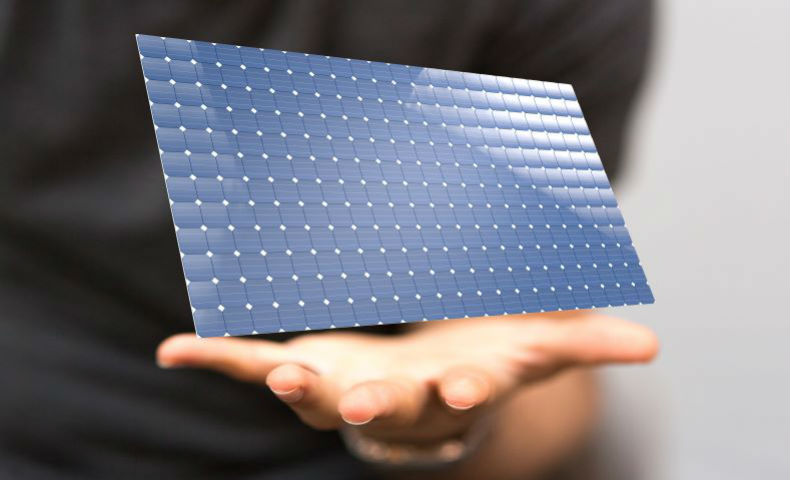A multi-junction solar panel, also known as a multi-junction solar cell or tandem solar cell, is a type of solar photovoltaic cell designed to improve the efficiency of converting sunlight into electricity. Unlike traditional single-junction solar cells, which are composed of a single semiconductor material, multi-junction solar cells consist of multiple layers of semiconductor materials stacked on top of each other.
The key idea behind multi-junction solar cells is to capture a broader range of solar wavelengths or energy levels. Each semiconductor layer in a multi-junction cell is designed to absorb a specific range of wavelengths of light. When sunlight hits the cell, these different layers work together to absorb a wider spectrum of light, allowing the cell to convert a higher percentage of the incoming solar energy into electricity. Here are some key points about multi-junction solar cells.
- Efficiency: Multi-junction solar cells are known for their high efficiency. By using multiple layers with different energy bandgaps, they can capture more of the available solar energy, especially in high-intensity sunlight conditions.
- Applications: These cells are often used in specialized applications where high efficiency is crucial, such as space-based solar panels on satellites and spacecraft. They are also used in concentrated photovoltaic (CPV) systems, which use lenses or mirrors to focus sunlight onto the solar cells.
- Materials: Multi-junction solar cells are typically made from a combination of different semiconductor materials, each with a specific bandgap tuned to capture a particular range of wavelengths.
- Cost: These cells tend to be more expensive to manufacture than traditional single-junction cells due to the complexity of the materials and manufacturing processes involved. As a result, they are primarily used in applications where efficiency outweighs cost considerations.
- Efficiency Records: Multi-junction solar cells have set several world records for solar cell efficiency. They have achieved efficiencies well above 40%, which is significantly higher than the typical efficiencies of single-junction silicon solar cells.
In summary, multi-junction solar cells are an advanced type of solar technology designed to maximize the efficiency of solar energy conversion by using multiple layers of semiconductor materials to capture a broader spectrum of sunlight. While they are not commonly used in residential or commercial solar panel installations due to their higher cost, they play a crucial role in specialized applications where efficiency is of utmost importance.


